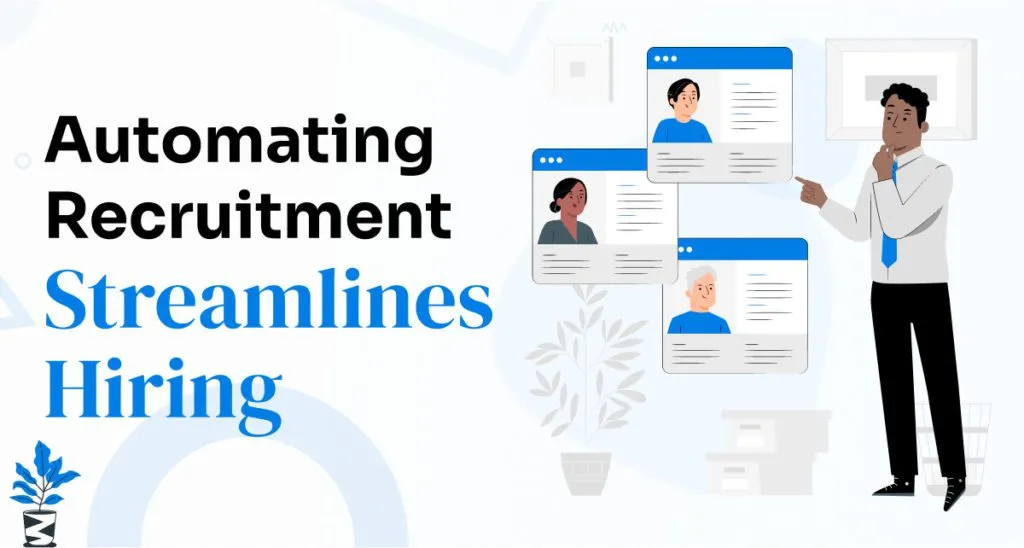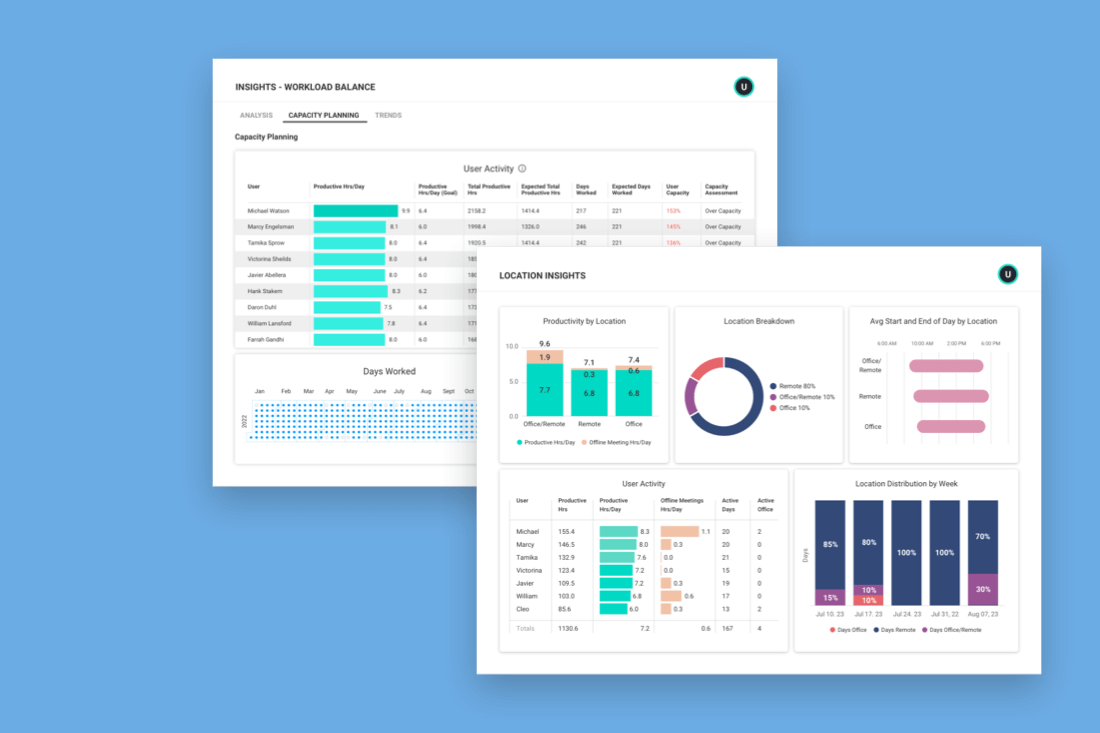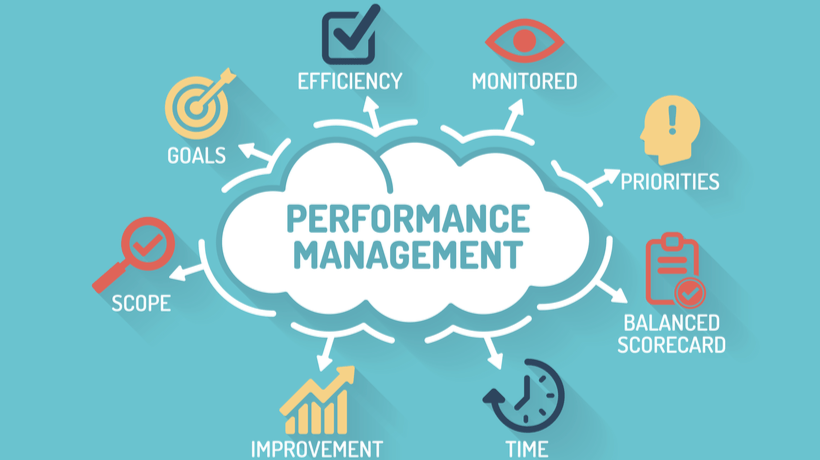In today’s digital age, cloud computing has become the backbone of modern businesses. However, as organizations migrate their operations to the cloud, security becomes a critical priority. Implementing the best practices for securing cloud environments is essential to protect sensitive data, ensure compliance, and maintain operational continuity.
Singleclic—a leading IT solutions company since 2013—supports businesses across the Arab world by delivering advanced cloud security, infrastructure, and digital transformation services. In this guide, we explore the most effective strategies to secure your cloud environment.
What Makes Cloud Security Essential for Modern Businesses?
As businesses increasingly depend on cloud-based applications, storage, and remote access, cyber threats continue to grow. From unauthorized access to data breaches and ransomware, organizations must adopt a layered security approach to safeguard their assets.
To understand the foundations of cloud security in detail, you can explore our comprehensive guide here:
👉 <a href=”https://singleclic.com/cloud-security-and-information-protection-a-complete-guide-for-modern-businesses” target=”_blank”>Cloud Security & Information Protection – Complete Guide</a>
Identity & Access Management (IAM)
Strong identity controls are the first line of defense in any cloud environment.
Key IAM Best Practices
- Enforce Multi-Factor Authentication (MFA) for all users
- Implement least-privilege access policies
- Use role-based access control (RBAC)
- Rotate credentials and avoid shared accounts
- Monitor suspicious logins and privilege escalations
IAM is critical across AWS, Azure, and Google Cloud environments and serves as the baseline for enterprise security.
Data Encryption & Protection Strategies
Protecting data at every stage—at rest, in transit, and while in use—is fundamental.
Effective Data Protection Measures
- Use AES-256 or stronger encryption
- Enable TLS 1.2+ encryption in transit
- Store keys in secure Key Management Systems (KMS)
- Mask sensitive data in logs and backups
- Maintain encrypted database snapshots and backups
Well-implemented encryption ensures your data remains protected even if a breach occurs.
Network Security Controls & Segmentation
A secure cloud environment depends on strict network-level isolation.
Network Security Best Practices
- Apply Network Security Groups (NSG) or security groups
- Use firewalls, WAFs, and IPS/IDS solutions
- Segment workloads with Virtual Private Clouds (VPCs)
- Restrict inbound/outbound traffic with least-privilege rules
- Apply geo-blocking and rate limiting where possible
Segmentation minimizes the blast radius and prevents lateral movement in case of compromise.
Continuous Monitoring & Threat Detection
Monitoring your cloud workload helps identify and neutralize threats before damage occurs.
Recommended Monitoring Practices
- Enable cloud-native monitoring tools (AWS GuardDuty, Azure Security Center)
- Log all events using SIEM solutions
- Set automated alerts for suspicious or anomalous activity
- Conduct periodic vulnerability assessments
Security is not a one-time task—it requires constant analysis and ongoing improvements.
Secure Configuration Management
Misconfigured cloud environments are one of the leading causes of data breaches.
Configuration Best Practices
- Use automated configuration baselines
- Apply CIS Benchmarks for cloud platforms
- Regularly audit access rules and security groups
- Disable unused ports, APIs, and services
- Use Infrastructure as Code (IaC) with security policies embedded
A secure configuration framework ensures consistent protection across all environments.
Backup, Disaster Recovery & Business Continuity
Cloud security is not complete without ensuring data resiliency.
Strong DR & Backup Practices
- Automate scheduled backups
- Test disaster recovery procedures frequently
- Maintain off-site and cross-region backups
- Use versioning to protect against ransomware
- Ensure RPO/RTO targets align with business goals
A robust failure recovery strategy keeps your business running smoothly even during cyber incidents.
Compliance & Security Governance
Organizations must implement governance frameworks to remain compliant with industry and regional standards.
Compliance Best Practices
- Adhere to ISO 27001, NIST, GDPR, and local data protection regulations
- Document all security processes and responsibilities
- Conduct regular third-party audits and penetration tests
- Implement policy-based access and change control
Good governance ensures accountability and long-term security.
People Also Search For — Quick Answers
Best practices for securing cloud environments PDF
Security PDF guides usually include IAM, encryption, monitoring, and compliance frameworks for cloud platforms.
Best practices in cloud computing security
They focus on identity control, data protection, secure networking, and automated security tools.
Cloud security best practices checklist
A checklist often includes: MFA, encryption, backups, network segmentation, logs, compliance, and continuous monitoring.
AWS cloud security best practices
AWS recommends GuardDuty, IAM roles, S3 encryption, VPC security groups, security hub dashboards, and KMS.
Azure cloud security best practices
Azure emphasizes Conditional Access, Defender for Cloud, NSG rules, identity governance, and encrypted workloads.
Why Choose Singleclic for Cloud Security?
Singleclic has been delivering advanced IT solutions since 2013, serving enterprises across the Arab region with:
- Custom Software Development (ERP, CRM, low-code apps)
- Cloud Infrastructure & Network Solutions
- Cybersecurity & Threat Protection Services
- Hosting & Cloud Native Services
- 24/7 Technical Support
📞 Egypt: +2 010 259 99225
📞 UAE: +971 42 475421
📞 Saudi Arabia: +966 58 1106563
🌐 Website: https://singleclic.com/
Conclusion
Implementing the best practices for securing cloud environments is essential for protecting business data, ensuring compliance, and enabling sustainable growth. By partnering with an experienced provider like Singleclic, organizations gain access to secure architectures, proactive monitoring, and round-the-clock protection.









